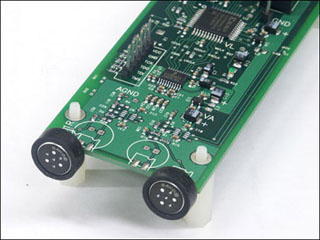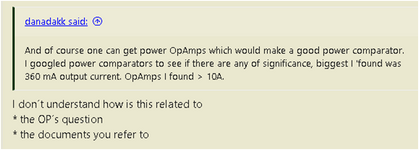FreshmanNewbie
Advanced Member level 1

I have a question.
Can I use this part (https://ww1.microchip.com/downloads.../MIC6270-IttyBitty-Comparator-DS20006294A.pdf) in place of this part (https://www.ti.com/lit/ds/symlink/l...44036&ref_url=https%3A%2F%2Fwww.google.com%2F).
The application is for ZCD where the input to the op-amp will be coming from an opto-isolator and given to the non-inverting terminal.
U21 in the attached image.

Can I use this part (https://ww1.microchip.com/downloads.../MIC6270-IttyBitty-Comparator-DS20006294A.pdf) in place of this part (https://www.ti.com/lit/ds/symlink/l...44036&ref_url=https%3A%2F%2Fwww.google.com%2F).
The application is for ZCD where the input to the op-amp will be coming from an opto-isolator and given to the non-inverting terminal.
U21 in the attached image.




